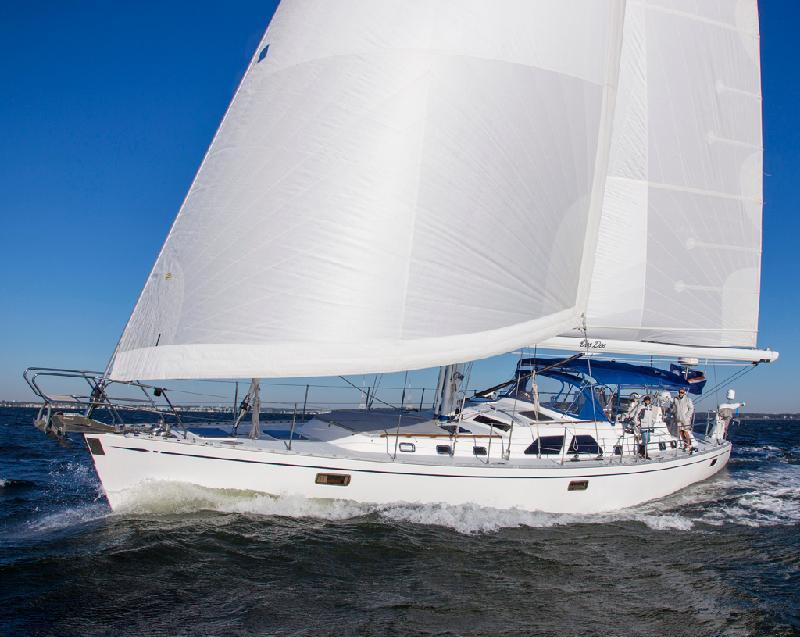


However, Rainbow won the third and fourth races due to better tactics, including a maneuver which led Sopwith to protest unsuccessfully to the Cup Committee. The first race of the competition was abandoned due to light winds, Endeavour went on to easily win the first two races, and proved to be the faster boat. Įndeavour challenged for the 1934 America's Cup and raced New York Yacht Club defender Rainbow. When Endeavour was ready for tuning up, Gerard Lambert offered his yacht Vanitie to Sopwith as a "trial horse". The Cup Committee responded to the protest by allowing Sopwith to strip out large parts of Endeavour 's interior prior to racing. Below decks, Rainbow was spartan, while Endeavour even carried a bathtub in the captain's cabin. This tour led to a protest by Sopwith that Rainbow had not followed the spirit of a new rule introduced to the competition that year that yachts should be fitted out with crew accommodations. Sopwith had already arrived separately and had been given a tour of the defender, Rainbow by its skipper Harold S. Įndeavour was towed across the Atlantic by Sopwith's motor yacht Vita, arriving at Newport in late August.

Sopwith arranged for this replacement crew to travel to Le Havre to gain experience on Shamrock and other Js that were available to them. Most of them came from the Royal Corinthian Yacht Club and although experienced sailors, had not sailed anything close to the size of a J-class. This replacement crew was sourced by Christopher Boardman, who had won the gold medal for sailing at the 1936 Summer Olympics in the 6-metre class and who also joined the crew.
Sail boat yate professional#
With only a few days' notice, Sopwith was unable to recruit professional crew replacements, and instead filled his crew with amateur yachtsmen. Unwilling to accept either option, and with Sopwith refusing to negotiate further, thirteen (about half) of the crew quit. Sopwith instead presented two counter-offers: either a base pay of ₤5 10s per week, with an increase to ₤6 10s if they won, or a base pay of ₤4 9s per week increasing to ₤8 per week if they won. The crew were being paid ₤5 per week (about ₤280 in 2022 money), but wanted an allowance for "going foreign" and a share of prize money if they won. Įight days before this departure, a pay dispute arose between Sopwith and his crew. By the time she departed for the United States, Endeavour had won eight races and placed second in three out of a total of twelve starts. In particular, this was an opportunity to test her innovative quadrilateral jib to great success. America's Cup įollowing the regatta season, Endeavour commenced tuning-up trials against Velsheda. During this time, she won four out of five races. Career 1934 regatta season Įndeavour raced in the 1934 regatta season in the "Big Class" against Astra, HMY Britannia, Candida, Shamrock (ex- Shamrock V), and Velsheda.

For the Cup races, she was fitted with a Park Avenue boom. Endeavour 's flexible boom broke during trials and she sailed the 1934 regatta season with an ordinary, rigid boom. The 1930 Cup winner Enterprise had demonstrated the advantage of allowing the foot to bend this way, albeit using a completely different mechanism (the "Park Avenue" boom). Įndeavour was originally fitted with a flexible boom that allowed the foot of the mainsail to bend into an aerodynamically efficient shape. Murdoch also designed an electrical indicator which provided the helmsman with a precise indication of the relative wind direction, which up to now had been approximated by observing a pennant at the top of the mast. Frank Murdoch, an aeronautical engineer who worked for Sopwith, helped design the rigging. Įndeavour pioneered the Quadrilateral genoa, a twin- clewed headsail offering great sail area and consequent power. Endeavour carried more winches than her competitor Rainbow, and they were four-speed mechanisms, against the two-speed winches on Rainbow. Nicholson opted for a conservative hull shape, which was not tank-tested before construction. She failed in her America's Cup challenge against the American defender Rainbow but came closer to lifting the cup than any other until Australia II succeeded in 1983.Įndeavour was designed by Charles Ernest Nicholson. She was 130-foot (40 m) and launched in 1934 and won many races in her first season including against the J's Velsheda and Shamrock V. She was built for Thomas Sopwith who used his aviation design expertise to ensure the yacht was the most advanced of its day with a steel hull and mast. Endeavour is a J-class yacht built for the 1934 America's Cup by Camper and Nicholson in Gosport, England.


 0 kommentar(er)
0 kommentar(er)
